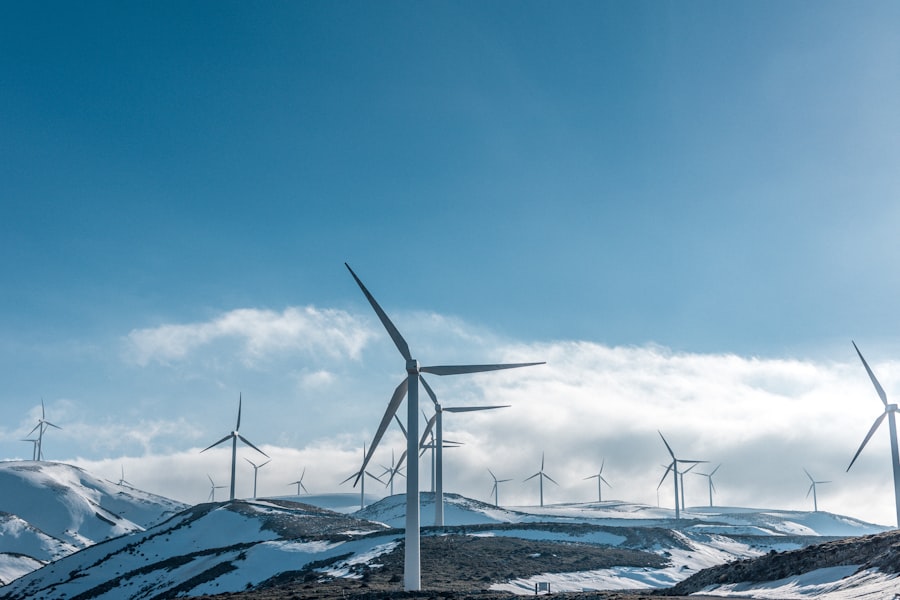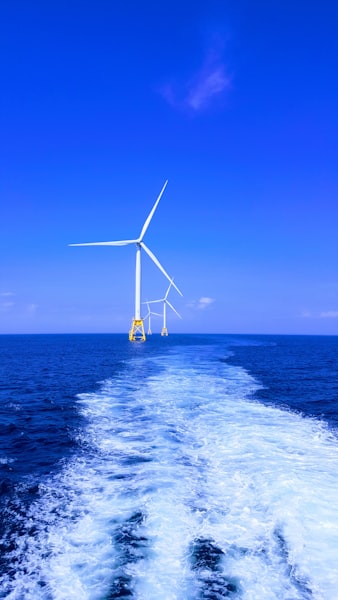
Partnering for a Greener Future: H2Carrier and Anori Join Forces to Create World’s First Commercial Wind Farm in Greenland
H2Carrier and Greenland-based company Anori have formed a partnership to embark on an ambitious project that will create the world’s first commercial wind farm in Greenland. With this 1.5GW renewable energy source, the P2XFloater floating production vessel will be able to produce and export green ammonia. The vessel is the result of close cooperation between H2Carrier and leading engineering firms in Norway and has been designed with such features as control systems which optimize renewable power and electrolysers as well as the Haber-Bosch process for producing ammonia.The P2XFloater will be built, owned/leased, and operated by H2Carrier who plan to then utilise it for PtX projects globally. Ammonia produced onboard the vessel will be stored, then transferred onto smaller shipping vessels before being exported to international markets for use in agriculture, food industry, and other related industries. This powerful project is set to not only make a crucial contribution towards global decarbonisation, but also create numerous job opportunities for the people of Greenland and provide a great economic boost for their society.Mårten Lunde, Chief Executive at H2Carrier said: “We are proud to work together on this project with Anori whose values reflect those of an impactful presence in the Greenland society. Current ammonia production comes along with large carbon dioxide emissions; however our zero-carbon solutions can revolutionize this industry”. Similarly, Nicolai Fossar Fabritius from Anori commented: “Currently only 1% of global ammonia consumption comes from renewable energy sources so this endeavour is of paramount importance.
Summary
„Anori has the ambition to change this and we are proud to be part of this project with H2Carrier.
„The project is in line with our vision to create a green future for Greenland and contribute to the global decarbonisation process.“
- H2Carrier and Greenland-based company Anori have signed an LOI with the purpose of developing the first commercial wind farm in Greenland
- The wind farm is projected to comprise 1.5GW renewable energy which will supply power to H2Carrier’s floating production vessel for hydrogen and green ammonia, the P2XFloater
- Green ammonia will be stored onboard the vessel, then exported to smaller shipping vessels and carried to the international market for ammonia
What percentage of global ammonia consumption is currently produced from renewable energy?
Less than 1% of global ammonia consumption is currently produced from renewable energy.You might also like this article: This is the title of test post. Picture source: Visit Greenland






